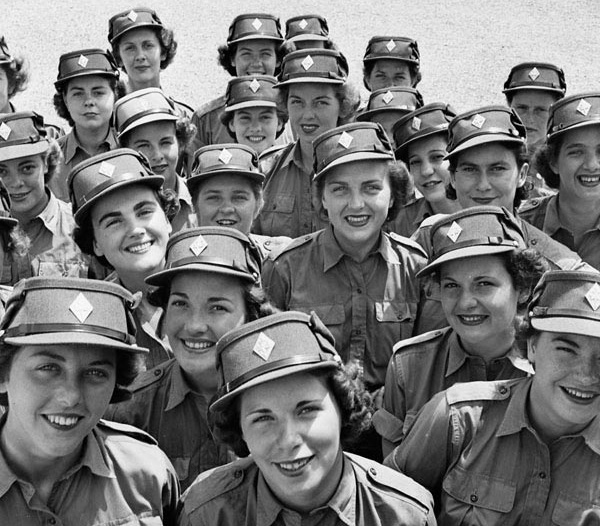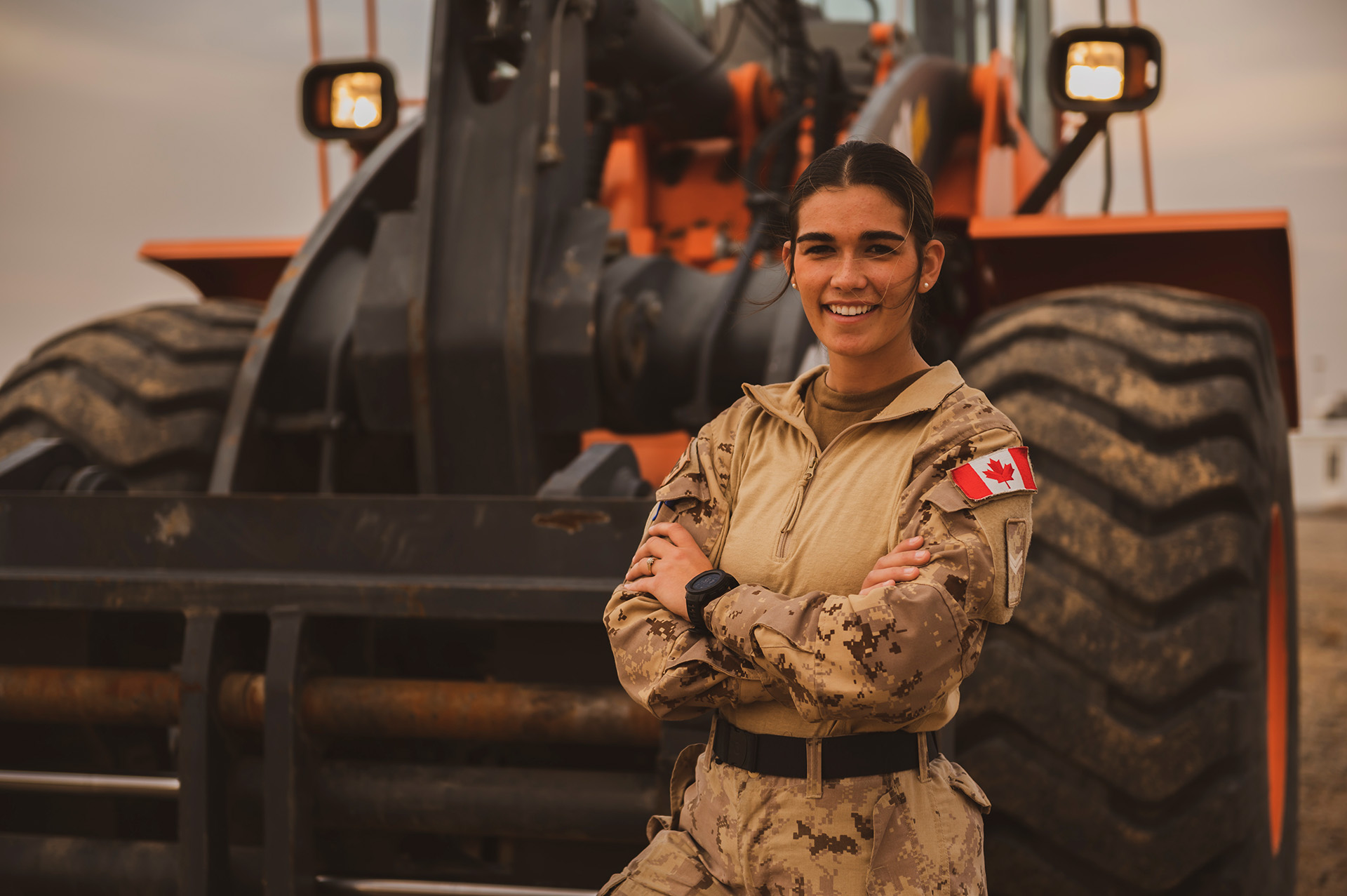WOMEN IN THE CANADIAN ARMED FORCES PURSUE UNIQUE CAREERS THAT SUPPORT THEIR VALUES, INTERESTS, AND LIFESTYLES
Why Work with Us?
Supportive Work
Environment
Paid Education
Pay & Benefits
Training & Development
Travel & Adventure
Work-Life Balance
Testimonials
Hear what our members have to say
Overview

Equal Opportunity
Women can enroll in any CAF occupation, which includes operational trades, and serve in any environment.
In all trades, CAF men and women are selected for training, promotions, postings and all career opportunities in exactly the same way - based on rank, qualifications and merit.

A Rich History
Women have been involved in Canada’s military service and contributed to Canada’s rich military history and heritage for more than 100 years. They have been fully integrated in all occupations and roles for over 20 years, with the exception of serving on submarines which was eventually lifted by the Royal Canadian Navy on March 8, 2001.

Commitment to Diversity
The history of Canadian service women is an important part of our national military heritage and their achievements contribute to the full and equal inclusion of women in our society and national institutions.
It's an exciting time for women, for now there is truly no limit to career opportunities for them in the CAF.
History of Women in the CAF
Policy Development
In 1987, occupations and units with the primary role of preparing for direct involvement in combat on the ground or at sea were still closed to women: infantry, armoured corps, field artillery, air-defence artillery, signals, field engineers, and naval operations.
On February 5, 1987, the Minister of National Defence created an office to study the impact of employing men and women in combat units. These trials were called Combat-Related Employment of Women.
New Occupations
All military occupations were open to women in 1989, with the exception of submarine service, which opened in 2001.
Throughout the 1990s, the introduction of women into the combat arms increased the potential recruiting pool by about 100 per cent. It also provided opportunities for all persons to serve their country to the best of their abilities.



